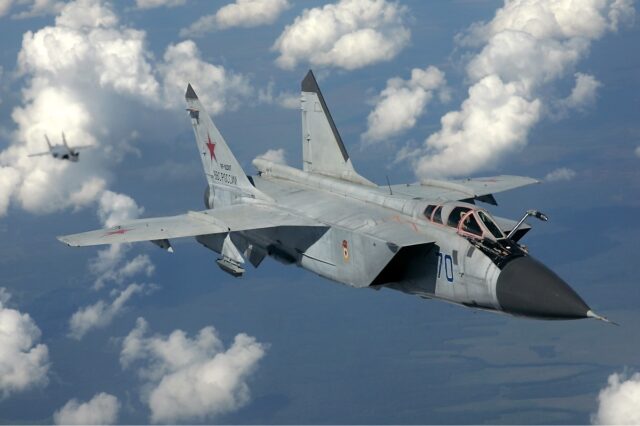Starlink outage raises critical questions for the future of defence technology

July 25, 2025

The global Starlink outage on 24 July 2025 may have lasted just two and a half hours, but the implications for the future of defence communications are far more serious.
In Ukraine, where Starlink is vital for real-time drone operations and battlefield coordination, the outage caused significant disruption. Military sources reported that drone missions were grounded and live surveillance feeds were lost for several hours.
As militaries, emergency services and governments become increasingly dependent on commercial satellite networks, this high-profile failure raises urgent questions about the resilience, security and reliability of those systems, particularly in mission-critical environments.
“Globally, the call for resilient, secure communications is louder than ever,” Rick Bergman, CEO of Kymeta, tells AGN. “The vulnerabilities exposed by recent events worldwide have shown just how fragile traditional infrastructures can be.”
Starlink outage: What happened?
At approximately 19:00 BST, users across Europe, North America, Asia and Australia began reporting widespread Starlink connectivity issues. Downdetector registered more than 61,000 reports during the height of the outage, which took several hours to resolve.
According to Michael Nicolls, Vice President of Engineering at Starlink, the fault stemmed from a software issue:
“We had a network issue that caused a brief global outage. We identified the issue and implemented a fix. All Starlink services are now restored.”
Elon Musk also issued a short message of apology:
“Sorry for the outage. SpaceX will remedy root cause to ensure it doesn’t happen again”

The company has since confirmed that the disruption was caused by a failure in internal software services that link Starlink satellites to ground infrastructure.
While systems were ultimately restored, the blackout marked Starlink’s most severe and global outage to date and raised serious concerns among those using the system in active combat zones and disaster response operations.
Why the Starlink outage is bad news for future defence
For today’s armed forces, communications infrastructure is as critical as fuel or ammunition.
In Ukraine, where Starlink terminals have become essential for real-time battlefield coordination and drone control, the outage severely impacted operations.
Ukrainian military sources stated that drone missions were grounded, and live reconnaissance feeds cut off, for hours during the blackout.

“Starlink is down across the entire front,” Robert Brovdi, the commander of Ukraine’s drone forces, wrote on Telegram. “Combat missions were performed without a (video) feed, battlefield reconnaissance was done with strike (drones).”
“If connection to the internet is lost … the ability to conduct combat operations is practically gone,” Oleksandr Dmitriev, the founder of OCHI, a Ukrainian system that centralises feeds from thousands of drone crews across the frontline, told Reuters.
The outage has reignited debate about the suitability of consumer-grade, commercially operated networks for defence use. While Starlink offers fast deployment, affordability and global coverage, it is not inherently built for combat resilience or protected against hostile interference.
“Regardless of the nature of the disruption, the capacity to quickly pivot and maintain communications is non-negotiable,” Bergman adds. “For governments and enterprises, the ability to seamlessly switch between satellite orbits and terrestrial networks is fundamental for operational success.”
That ability—to pivot between networks and orbits, and to operate with built-in redundancy—must now become standard practice. Defence forces cannot afford to rely on a single system, however innovative or accessible it may be.

Starlink may still have a role to play in future military operations. But last night’s outage makes one thing abundantly clear: no single commercial network can be treated as invulnerable.
For governments and armed forces alike, resilient, multi-layered communications systems are not optional; they are a strategic necessity.
















